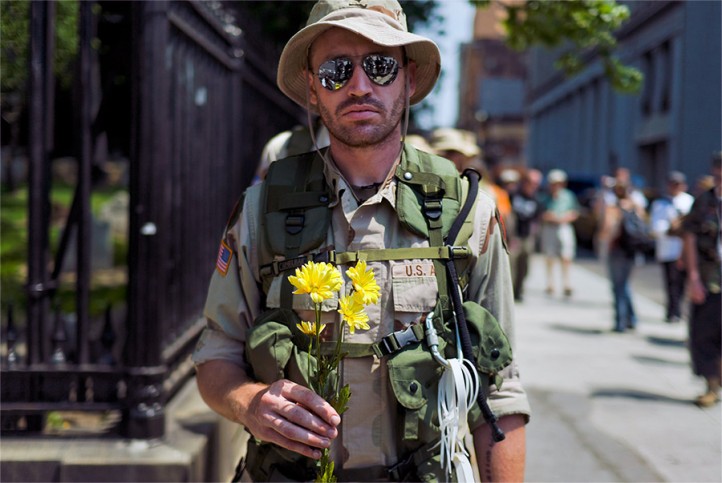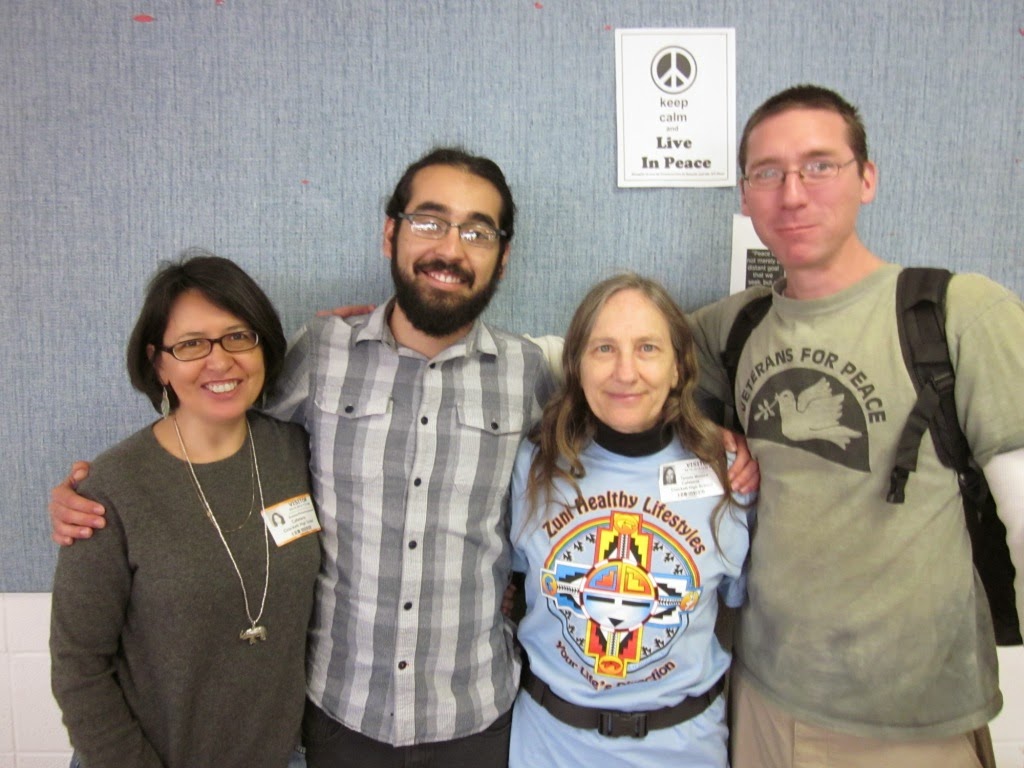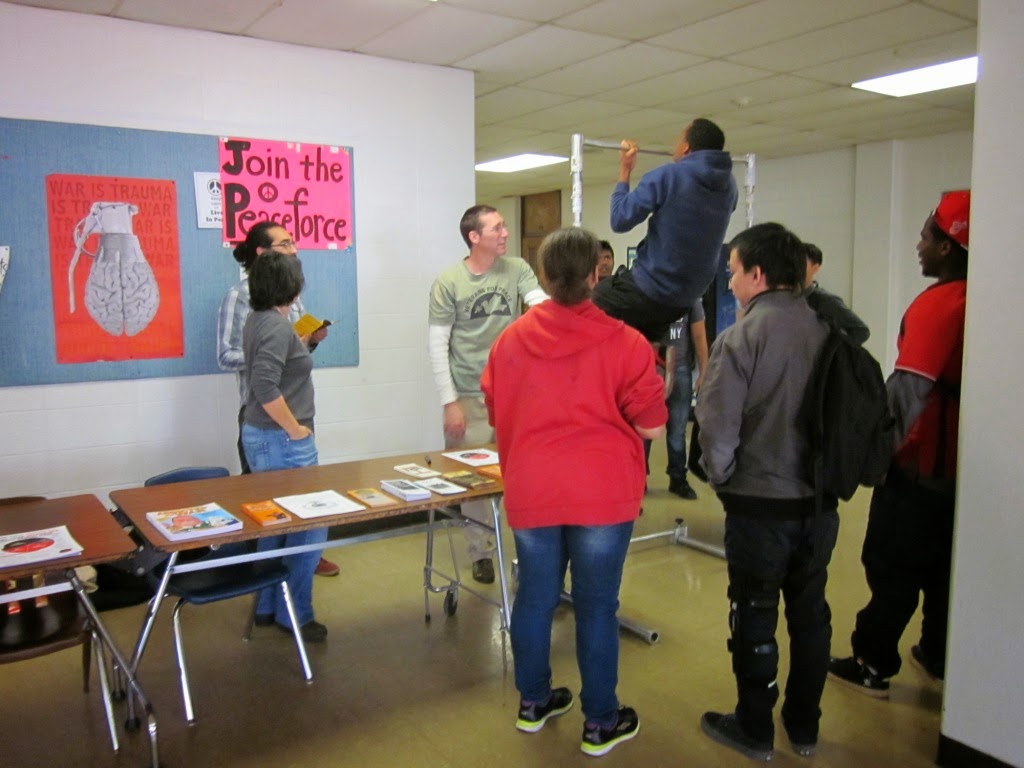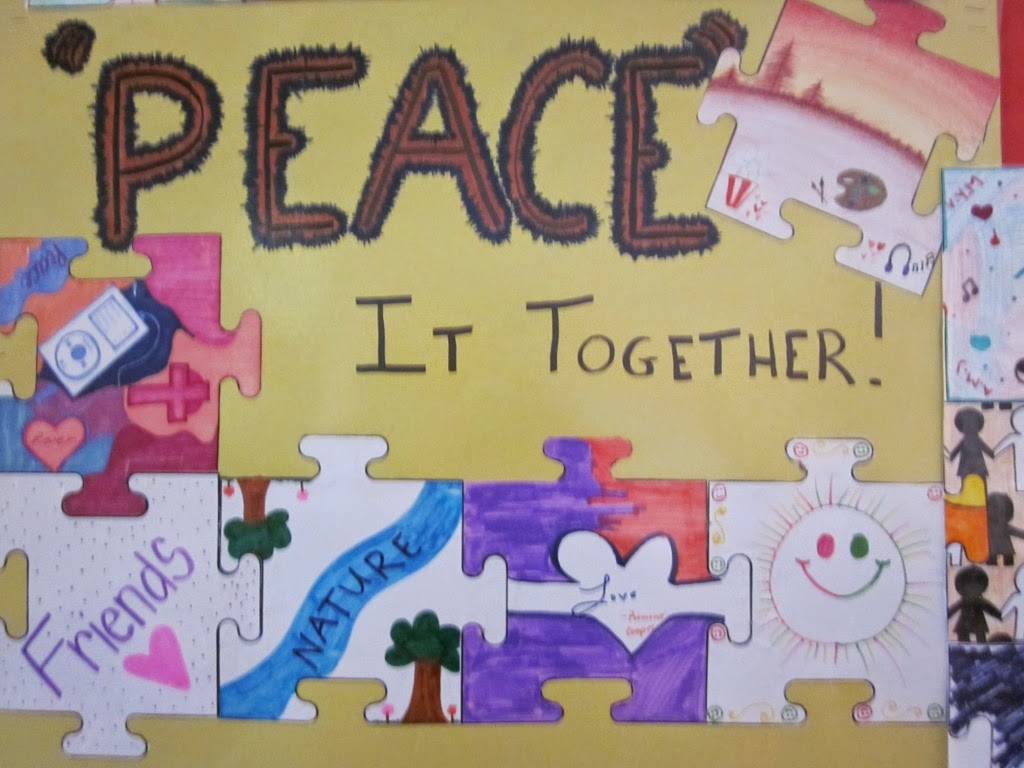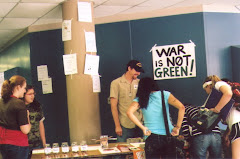"Even after Philippine independence, the U.S. maintained a heavy presence of bases and troops, despite widespread opposition to the environmental and social harm they spread, which includes numerous incidents of sexual assaults and rape perpetrated against civilians."
Published on Sunday, April 27, 2014 by Common Dreams
Deal Welcoming US Military Into Philippines Slammed As 'Betrayal'
Ten-year military accord announced Sunday spurns mass movements that ousted US military from permanent bases in Philippines in 1992
 April 23, 2014: Protesters shout slogans during a rally at the U.S. Embassy ahead of U.S. President Barack Obama's visit in Manila, Philippines. (Photo: Bullit Marquez/ Associated Press)The U.S. and Philippine governments have agreed on a 10-year pact to open this southeast Asian country to more U.S. troops, warships, and fighter planes, flouting the people's movements that booted the U.S. military from its permanent Philippine bases over twenty years ago.
April 23, 2014: Protesters shout slogans during a rally at the U.S. Embassy ahead of U.S. President Barack Obama's visit in Manila, Philippines. (Photo: Bullit Marquez/ Associated Press)The U.S. and Philippine governments have agreed on a 10-year pact to open this southeast Asian country to more U.S. troops, warships, and fighter planes, flouting the people's movements that booted the U.S. military from its permanent Philippine bases over twenty years ago.
"We have lost too much because of the U.S. military presence in our country," Bernadette Ellorin, Chairperson of BAYAN-USA—an alliance of Filipino organizations in the U.S, toldCommon Dreams. "The Philippines has long history of protests against militarization. The protests now are only going to grow."
The Enhanced Defense Cooperation Agreement was announced Sunday by the White House and confirmed by two anonymous Philippine officials speaking to the Associated Press. Friday April 25 Protest in New York City against U.S. military and economic intervention in Asia Pacific. Protests swept major cities across the United States last week, in solidarity with protests throughout the Asia-Pacific. (Photo: Bernadette Ellorin)
Friday April 25 Protest in New York City against U.S. military and economic intervention in Asia Pacific. Protests swept major cities across the United States last week, in solidarity with protests throughout the Asia-Pacific. (Photo: Bernadette Ellorin)
 Friday April 25 Protest in New York City against U.S. military and economic intervention in Asia Pacific. Protests swept major cities across the United States last week, in solidarity with protests throughout the Asia-Pacific. (Photo: Bernadette Ellorin)
Friday April 25 Protest in New York City against U.S. military and economic intervention in Asia Pacific. Protests swept major cities across the United States last week, in solidarity with protests throughout the Asia-Pacific. (Photo: Bernadette Ellorin)
According to AP, which obtained a Philippine government primer, the accord "would give American forces temporary access to selected military camps and allow them to preposition fighter jets and ships." The primer did not specify how many U.S. troops will be deployed.
The agreement will be signed on Monday before President Barack Obama arrives on a two-day visit to Manila. The deal comes in the midst of Obama's tour of the Asia-Pacific region, in what is widely seen as a bid to secure a U.S. military "pivot" to the region and push for the Trans-Pacific Partnership—a so-called "free trade" deal that has been slammed as "corporate colonialism."
Critics say the U.S. economic and military agenda in the Asia-Pacific is aimed at securing dominance over the region and hedging against China. "Militarization is always the other side of economic intervention," said Ellorin.
Throughout the Asia-Pacific, and in cities across the U.S., Obama's trip has been met with protests. "Even before Obama is planned to arrive, they already started holding protests at the U.S. embassy in Manilla, and they were met with violent reaction from security forces," said Ellorin.
For over 100 years, social movements in the Philippines have opposed U.S. power over their country, which includes more than five decades of direct colonial rule and the backing of brutal dictator Ferdinand Marcos — who was president from 1965 to 1986 until he was overthrown by a popular movement.
"In 1992, it was the people's movement that ousted the U.S. from two permanent bases. We did it once we can do it again." —Bernadette Ellorin, BAYAN-USA
Even after Philippine independence, the U.S. maintained a heavy presence of bases and troops, despite widespread opposition to the environmental and social harm they spread, which includes numerous incidents of sexual assaults and rape perpetrated against civilians.
Social movements forced the Philippine government to shut down the last permanent U.S. bases in the country in 1992. However, the U.S. currently sends 500 troops to the southern Philippines annually for so-called counter-terrorism purposes, while 6,500 come each year for training, according tothe Philippine military.
Obama has aggressively pushed to expand this military presence as part of the U.S. military's "re-balancing" to the Asia-Pacific. The U.S. and Philippine governments have levied U.S. humanitarian response to Typhoon Haiyan to build support for a buildup.
"This is treachery from the Philippines government and a betrayal of our territorial integrity by taking a subservient role to imperialists," said Ellorin.
She added, "In 1992, it was the people's movement that ousted the U.S. from two permanent bases. We did it once we can do it again."
_____________________

